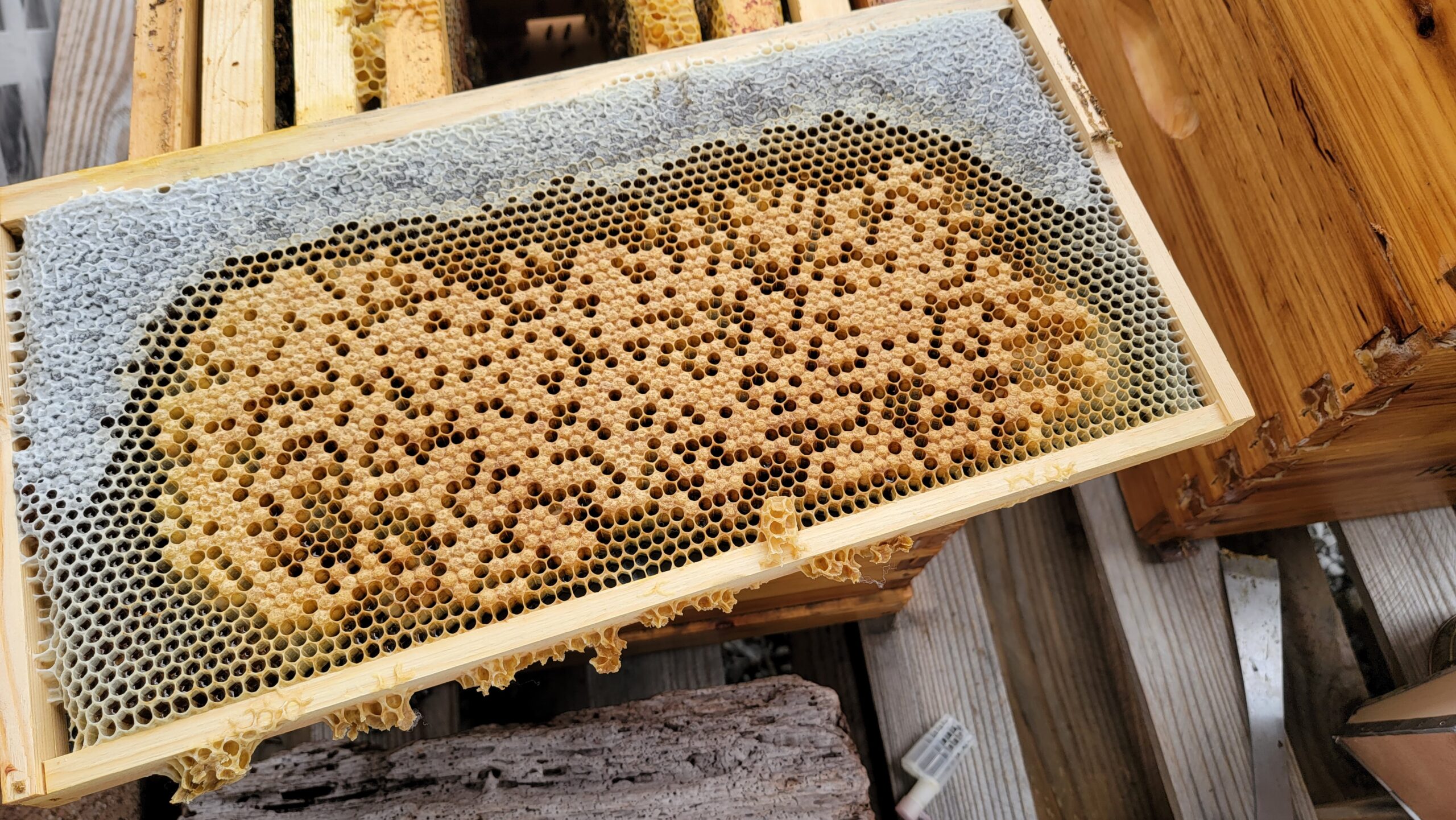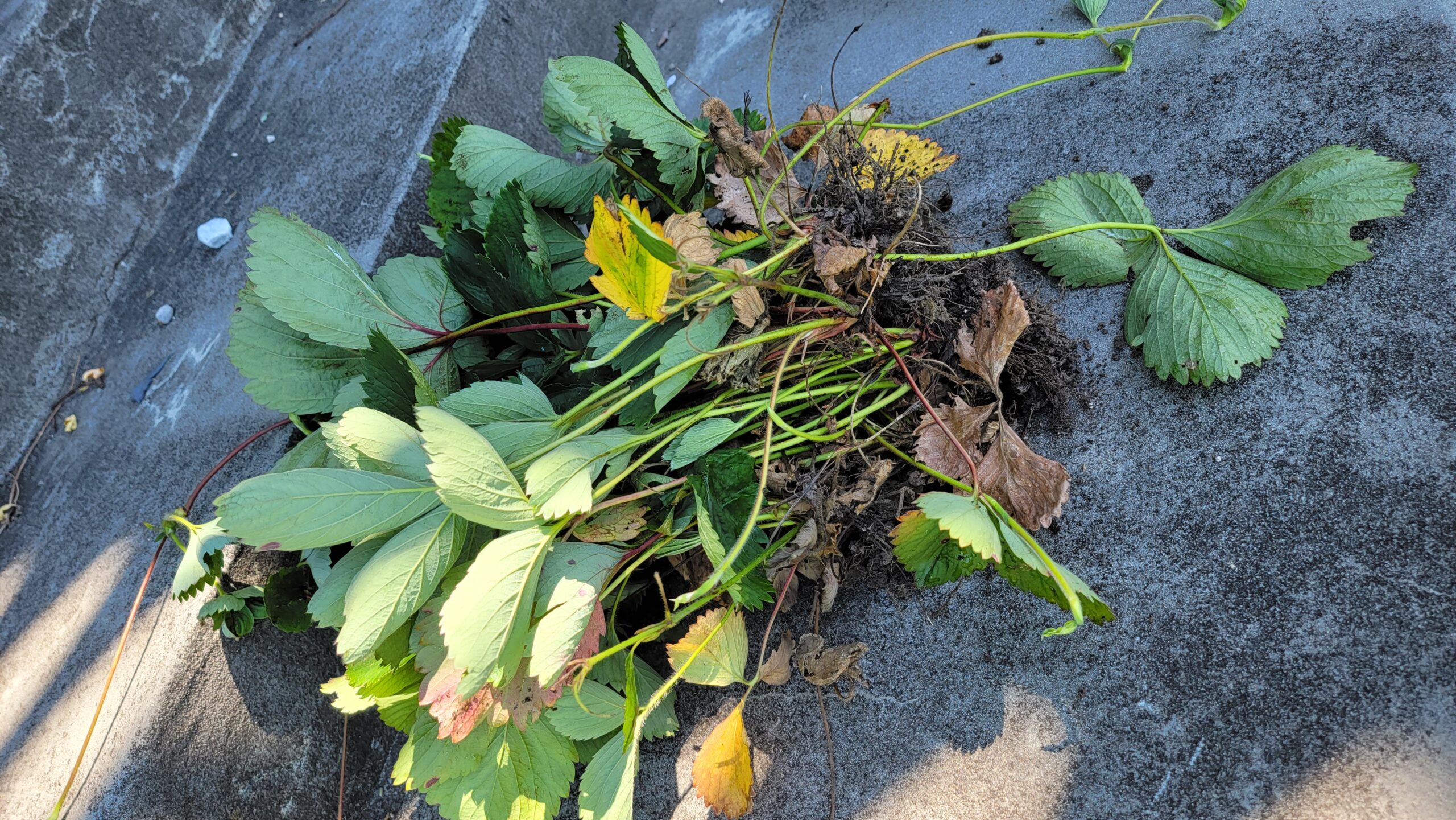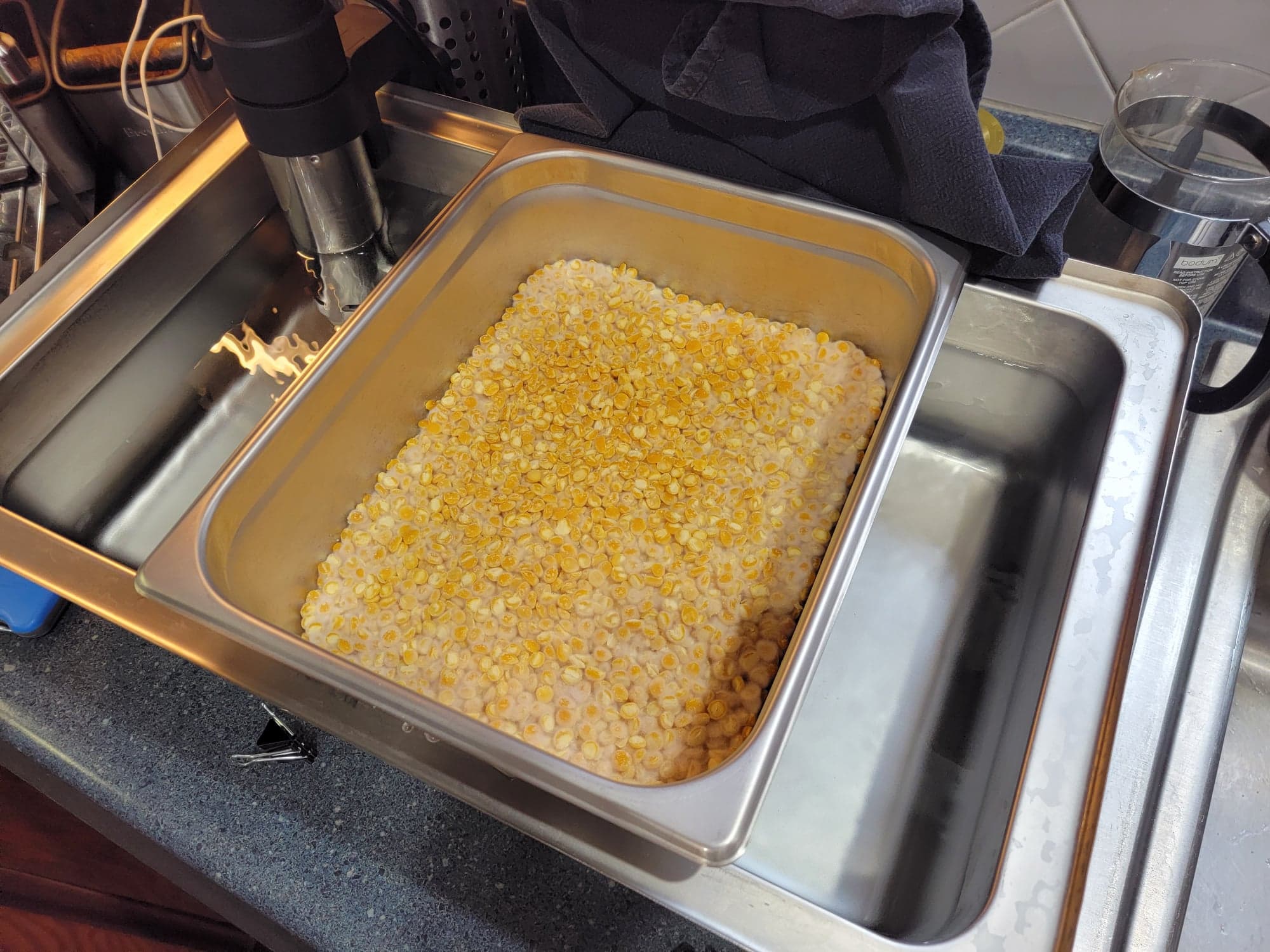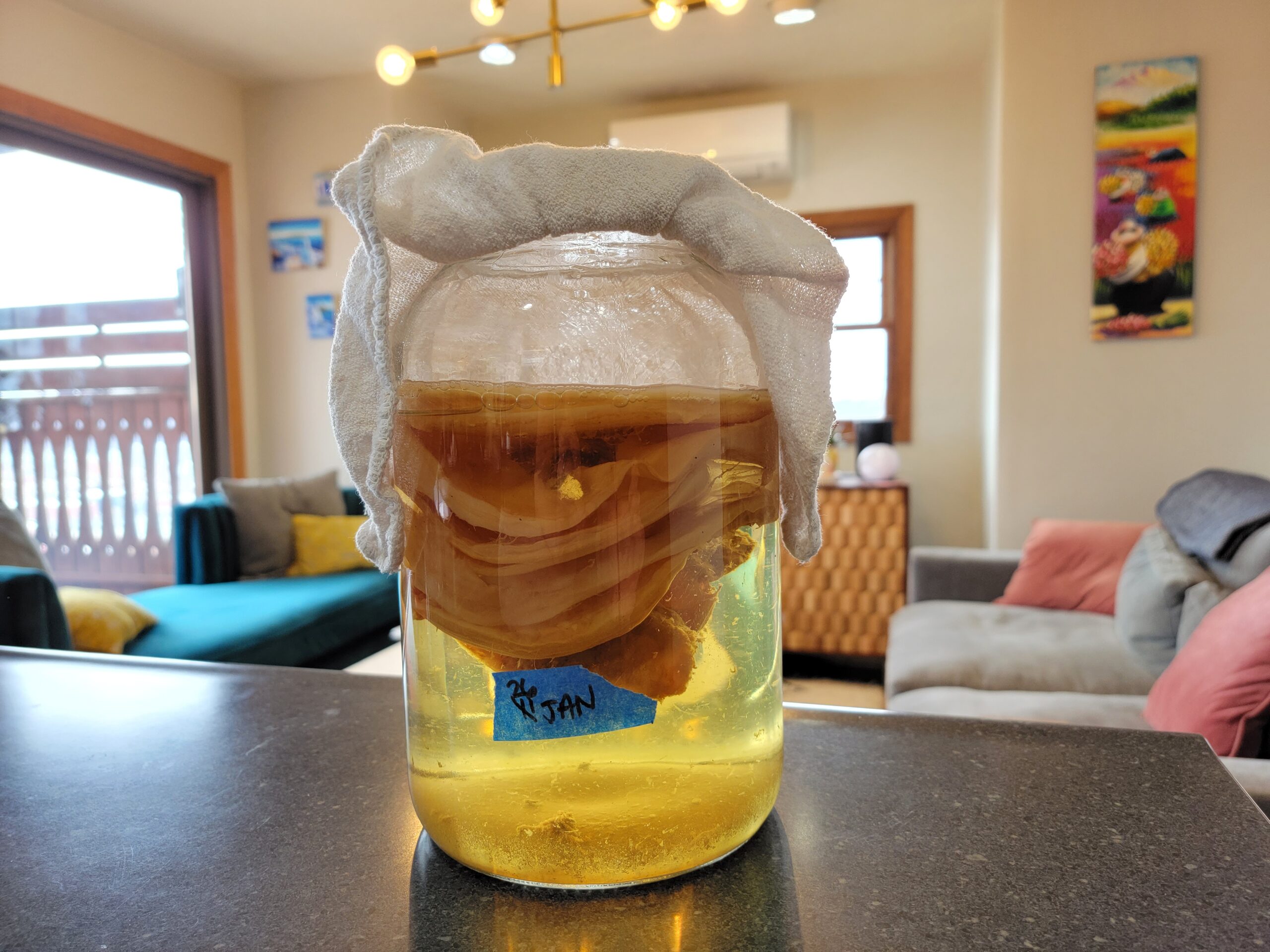When we decided to launch this homesteading project of ours, our main goal was to be as self-sufficient as possible with our little plot of land in the city.
A secondary goal of ours was to try and offset spending that we had for items, particularly around food, that we could grow/make/ferment ourselves as opposed to buying at local markets and stores.
As such, we always love to take a look at how much value our purchases bring to the table, and if we find something that could pay itself off in short order (read: months, not years), we know we have to buy it for our property as soon as possible.
But when it comes to my drive to get into beekeeping, the analysis became tricky. So in this one, we thought we'd share the numbers on how long it takes a beehive to pay itself off, but then jump into an even deeper analysis about why a hive may never actually do that at all!










